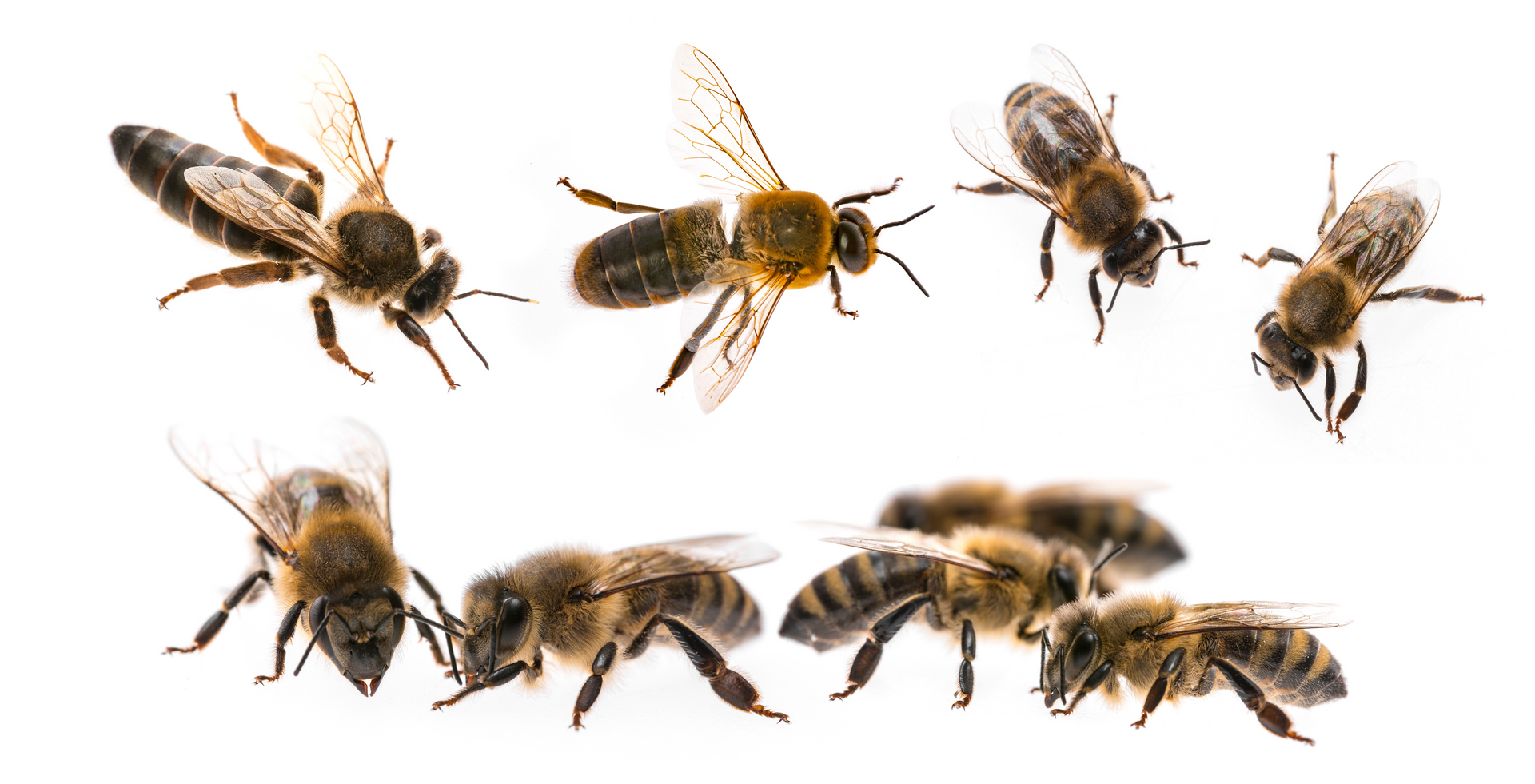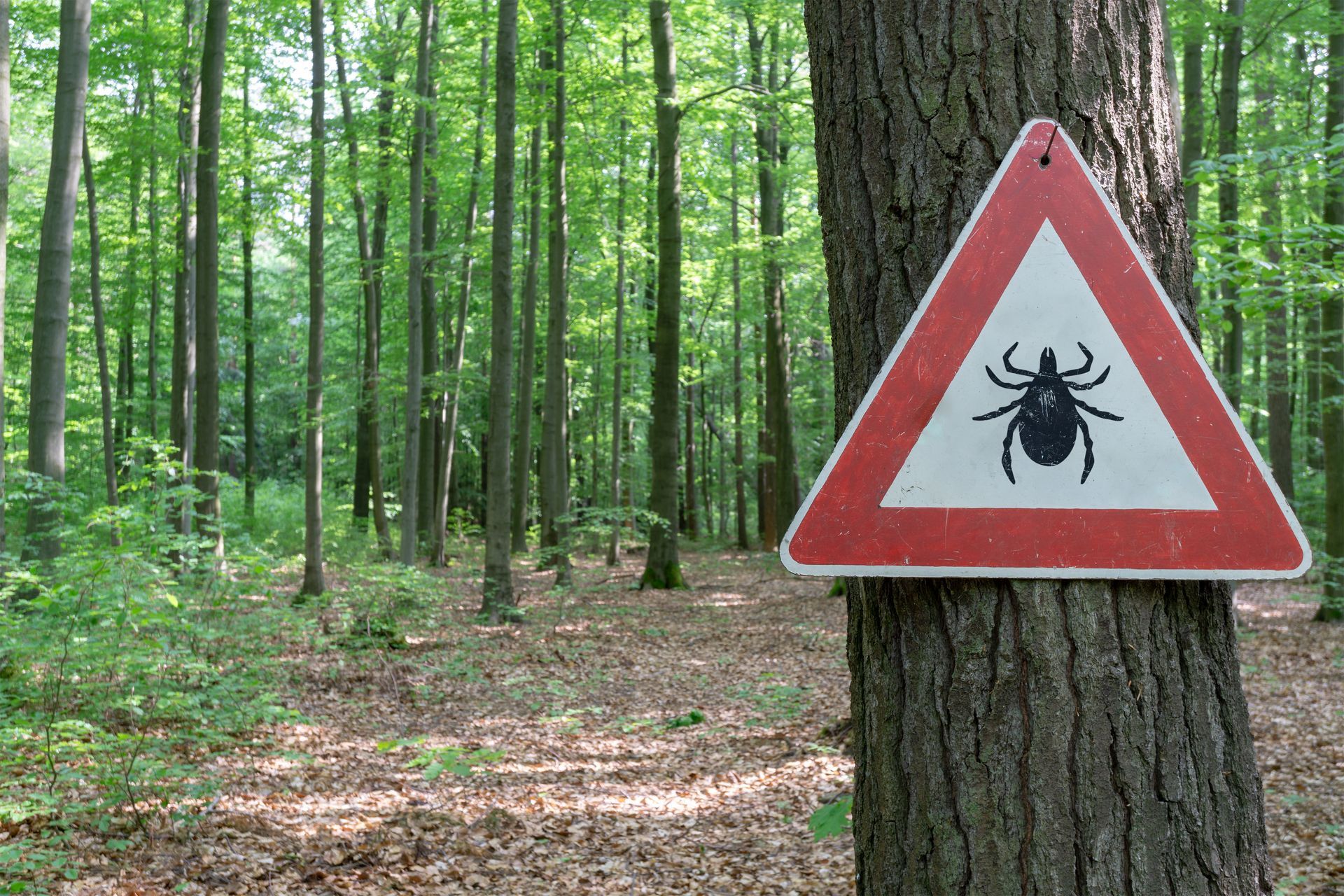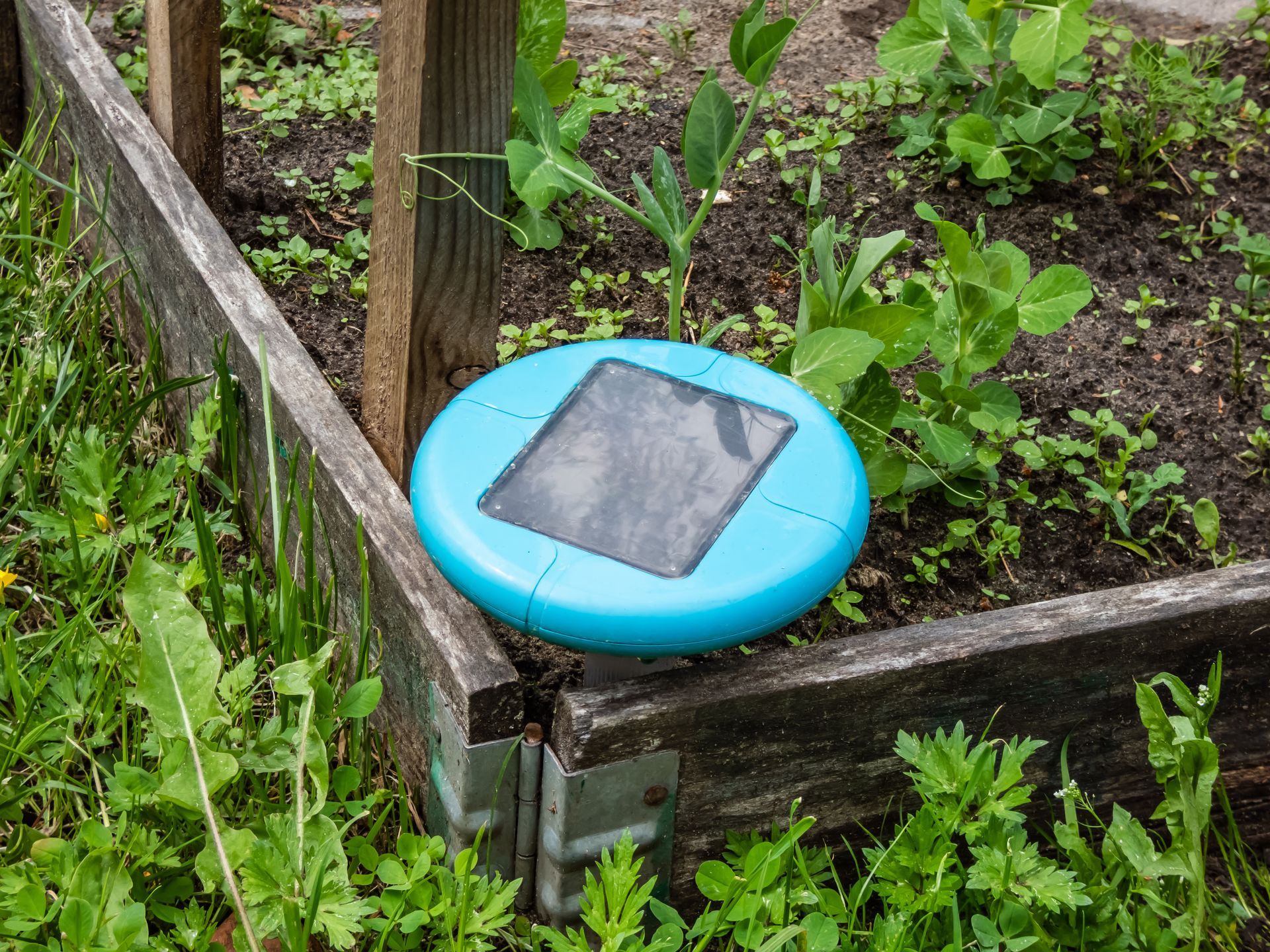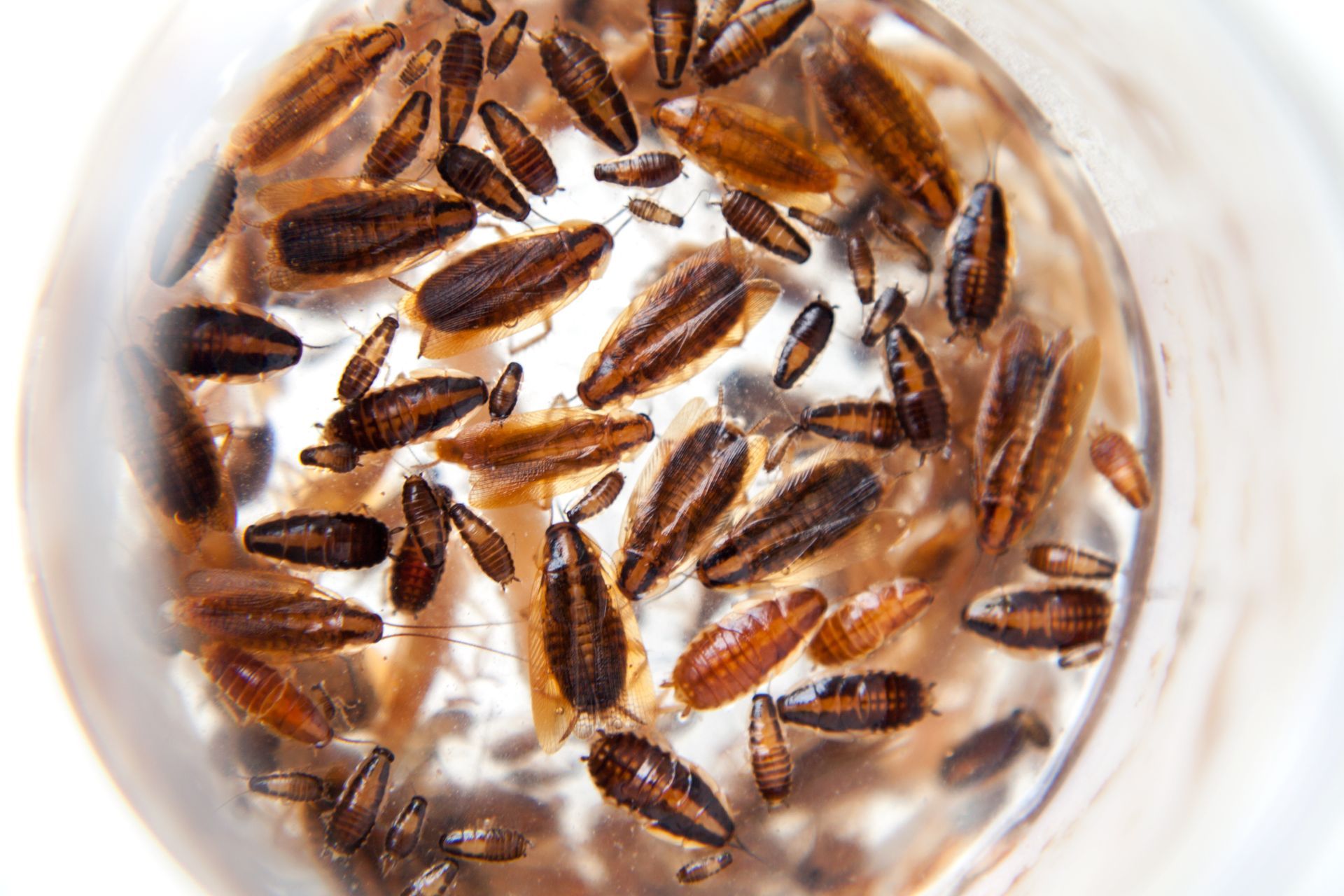How to Get Rid Of Rats
Get Rid Of Rats In The House & Outside

Rats are a constant problem that home and business owners always need to keep an eye out for. They are extremely adaptive and can cause a significant amount of damage in a very short period. Creating a strategy to get rid of rats quickly is critical because if they go undiscovered for an extended time, a rat population can explode in a short period. This occurs because rats can start reproducing quickly and their litters are large and frequent. They are also vectors for disease that need to be controlled to mitigate the spread of airborne and surface borne pathogens. There are many ways that rats can be managed but extreme caution is recommended because dealing with rats and their waste because exposure and improper handling can result in illness.
How to Get Rid of Rats in the House
There are certain things that need to be done in order to combat rat populations once they have infiltrated your home or business. Prevention will also be needed in addition to extermination and removal to ensure that rats can’t come back after they are removed.
Rat Inspection
Before an effective rat control treatment strategy can be implemented, a thorough inspection must be done to discover areas of activity, entry points, and to also determine the rat species if possible. This requires an EcoGuard rodent control expert to inspect the inside and outside of your home or business for:
- Damaged drains
- Cracks and crevices leading into garages or other outbuildings
- Gaps around vents, pipes, and drains
- Big foundation cracks
- Signs of rat activity and waste
Rat Traps
When dealing with rats that have already made their way into your home, rat traps are generally the most effective strategy for rat control. This is also the preferred method because traps allow for easy removal once the rat has been caught. Being able to remove rats will prevent exposure to the smell of decay and increased bug activity caused by a dead rat that has died somewhere unknown. Rat traps come in several styles, all of which are successful if implemented properly. Implementation requires placement in high activity areas using effective baits like fruits, grains, or things that are common in rat diets. The different types of traps include:
Snap Traps
Snap traps for rats now come in several different styles, but they all utilize the same basic mechanics to catch and kill mice. These kinds of traps use a trigger plate that is sensitive to contact which releases some sort of spring-loaded mechanism designed to kill the mouse if touched. The trigger plate is loaded with bait that the rat tries to eat which sets off the mechanism. The result is the rat being crushed or having its skull, neck, or back broken. The most common snap traps are the traditional wooden ones with the metal crossbar but recently there have been new iterations made that include plastic versions using teeth instead of just a solid bar. This style of trap is generally inexpensive, but they can be extremely dangerous to pets and children if placed incorrectly in high traffic areas. It is important to note that mouse traps of the same style are generally not strong enough to kill rats but may be strong enough to injure it and cause it to die somewhere inaccessible.
Glue Traps
Rat glue traps are generally a flat piece of plastic with a coating of adhesive designed to be extra sticky to trap any rodents and insects that come in contact with it. These traps should be placed in pathways that show signs of rat activity to ensure maximum exposure. These traps will eventually catch their designed target and will need to be replaced because the rat cannot be removed from the trap. It is important to note that this method is the least humane trap because the rat will generally be stuck to the trap and disposed of alive.
Live Traps
Live rat traps are designed to be the most humane method of rat control. This method utilizes a catch and release strategy using a trap cage designed to shut after a rat has climbed in and triggered the locking mechanism. These traps must be checked and emptied regularly to avoid a rat dying from starvation or dehydration while waiting for release or termination. If a rat is being released, it must be done in a place that is far from home, so the rat does not return.
Rat Prevention
Rat Prevention is equally important as the other control methods because if rats can continue to get in, it is only a matter before there is another to replace any that have been removed.
Rat Clean Up
Rats are primarily looking for 3 things: food, water, and shelter. Cleaning up debris is a good way to eliminate places to hide for rats. Cleaning up food, spills, and trash will eliminate food sources. Sealing leaks and eliminating areas with high moisture and water will help remove sources of hydration. Eliminating all 3 rat attractants will go along way in ensuring that rats don’t end up in your home.
Rat Deterrents
There are natural rat deterrents that can be used to help repel rats. Essential oils and different herbs and spices have strong smells that rats dislike. These can be placed around access points to help repel rats. It is important to note that while these have shown effectiveness against rats, a hungry or thirsty rat will overcome the smells in search of resources necessary to survive.
- Peppermint / peppermint oil: Can be grown around your home to act as a barrier to rats. Oils can be used around entry points like doors and windows.
- Cayenne / black pepper: The spicy smell of these irritants acts much like pepper spray and can cause respiratory problems if inhaled.
- Cloves: This smell also acts as an irritant that rats tend to avoid unless desperate for food or water.
- Garlic: Garlic has an overpowering smell that acts as an effective rat deterrent.
It is important to consider that while these deterrents can be effective, the cost and smell of some of these options might not make these options feasible.
Rat Exclusion
Rat exclusion is designed to block off any open access points that rats can use to get into your home or business. Rats are small mammals that can fit through gaps as small as a couple inches. They are also great climbers, swimmers, and can chew through just about anything. This means that rats can find there way in through open / shut doors, the attic, the plumbing, gaps in the construction, and almost anywhere there is even the smallest opening. This requires an experienced rat control specialist to find those weak points and create reinforcements to block rats from accessing beyond that point. This can include sealing access points with chicken wire mesh, closing gaps by piping and electrical conduit, installing vent caps, and using door sweeps to stop access.
Cut Back Trees, Bushes, and Grass
In addition to exclusion, other preventative measures like cutting back brush and branches from the house will also benefit rat control. By cutting back tree branches that touch the home, you can eliminate the passage that roof rats would take to access your roof and attic. By cutting back brush, bushes, and grass, you can help reduce the likelihood that a rat will try and reach your home. This is because rats are smart enough to recognize that being exposed without the cover of tall grass and bushes can put them in danger of predators.
Store Food Safely
The primary attractant for rats is food so by storing your food and pet food properly, you can reduce the likelihood that rats will find enough resources to survive. This could require some better storage items as rats can easily chew through most plastics. Using glass or metal products will help ensure that rats can’t chew through the storage container which will help stop rats and prevent the spread of rat related diseases.
Store Trash Away from Home or Business
Trash is a primary rat harborage point for most homes and businesses. Discarded food and resources provides rats with easy access to the things they need to survive and build a nest. By keeping trash bins away from your home, you can help reduce the chances that any rats that have found your trash will find your house.
How to Get Rid of Rats Outside
There are additional strategies that can be used if rats have not managed to make their way into your home or business yet. If you have seen signs of rat activity outside, ensure that they are effectively treated before the find their way into your home.
Garden & Yard Cleanup
Maintaining a yard and garden can sometimes be too time consuming to do but avoiding it can attract rats by giving them shelter and access to food. Trimming grass, removing debris, and cleaning up any fallen or rotting fruits and vegetables will help reduce food and shelter that rats need to thrive.
Recruit Cats and Predatory Birds
Rats are generally towards the bottom of the animal food chain and are the prey for predatory birds, cats, and other wild animals. Cats and birds can be recruited to help if rats are a problem. Cats are readily available to home but using predatory birds can be more difficult. There are certain birds like owls that are effective and efficient rat hunters. Owls can be attracted to your property by installing nest boxes and bird baths. Be careful when leaving out bird feed as the grains used in that will be a food source for the rats as well.
Use Dry Ice
Dry ice releases CO2 which makes this an effective treatment for Norway rats who sometimes reside in underground burrows. Since CO2 is heavier than air, the dry ice can be placed at the entrance of a burrow and the released CO2 will fill the burrow. This gas will replace the oxygen which causes a peaceful asphyxiation that numbs and kills the rat.
Rat Baits
Rat baits are made with rodenticides designed to be lethal for rats. This is recommended only for outside because using it inside may cause a rat to die inside a wall cavity and decay causing problems. Be sure to follow instructions closely because these involve poisons that can harm non-intended targets like other wild animals or pets. Also be sure to check local legislation to see if rodenticides are allowed because in some states like California, rodenticides can’t be used.
When to Call a Professional
It is generally recommended that when you see a rat, you should involve professional help because an inspection will likely reveal the extent of the problem and provide a quick and easy fix. Waiting to try and implement DIY rat control strategies could be effective but it could also allow a growing rat problem to expand even further. It is also important to note that rats are extremely cautious creatures so the likelihood of you seeing one and there not being more could be slim.
There are circumstances when you should call a rat control technician to ensure that further infestation / damage is prevented:
- When rats are in the walls they can chew through plumbing and wiring causing extensive damage
- Multiple rats could indicate that there are enough rats to reproduce
- Rats of different size could indicate that breeding has occurred

















